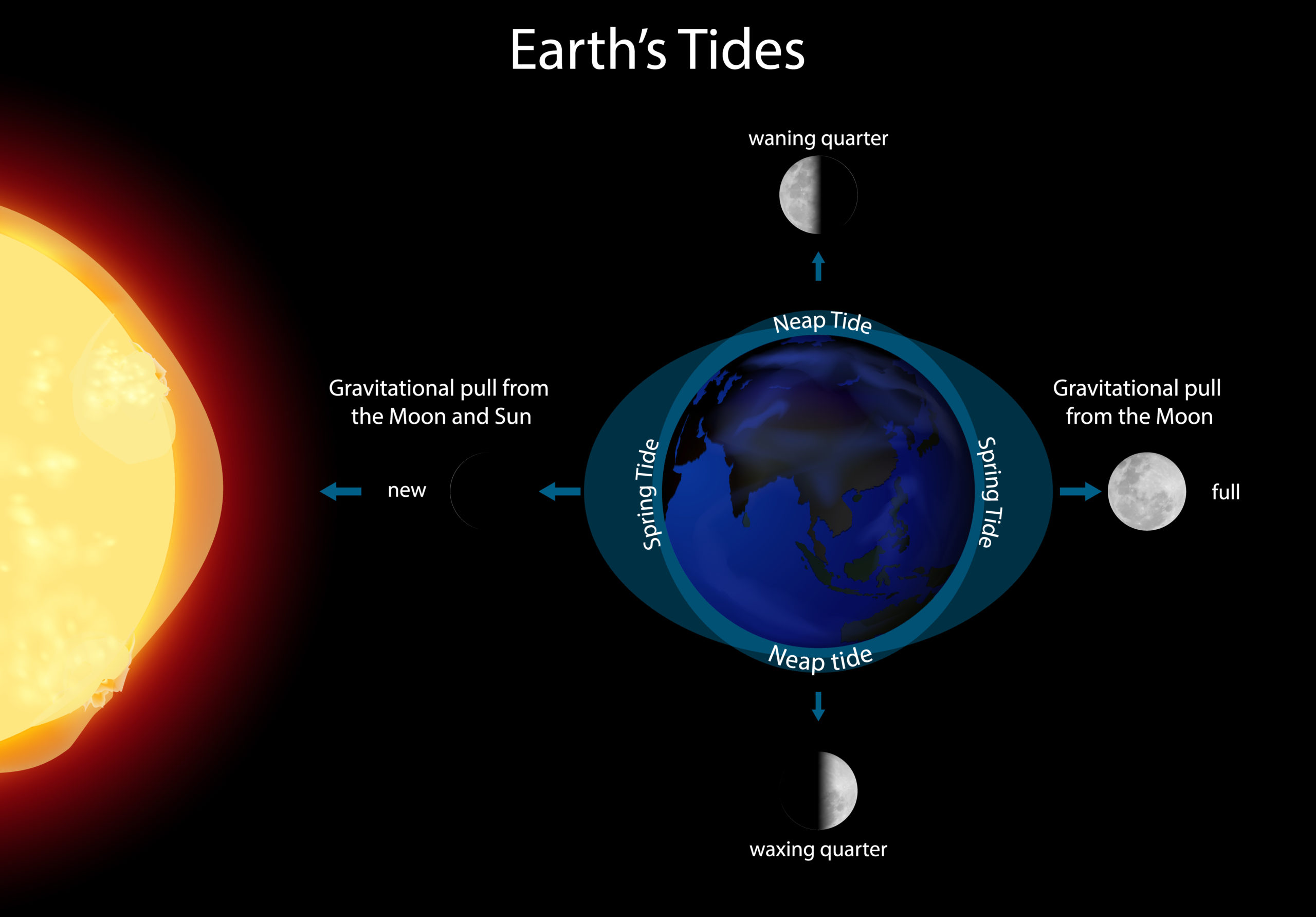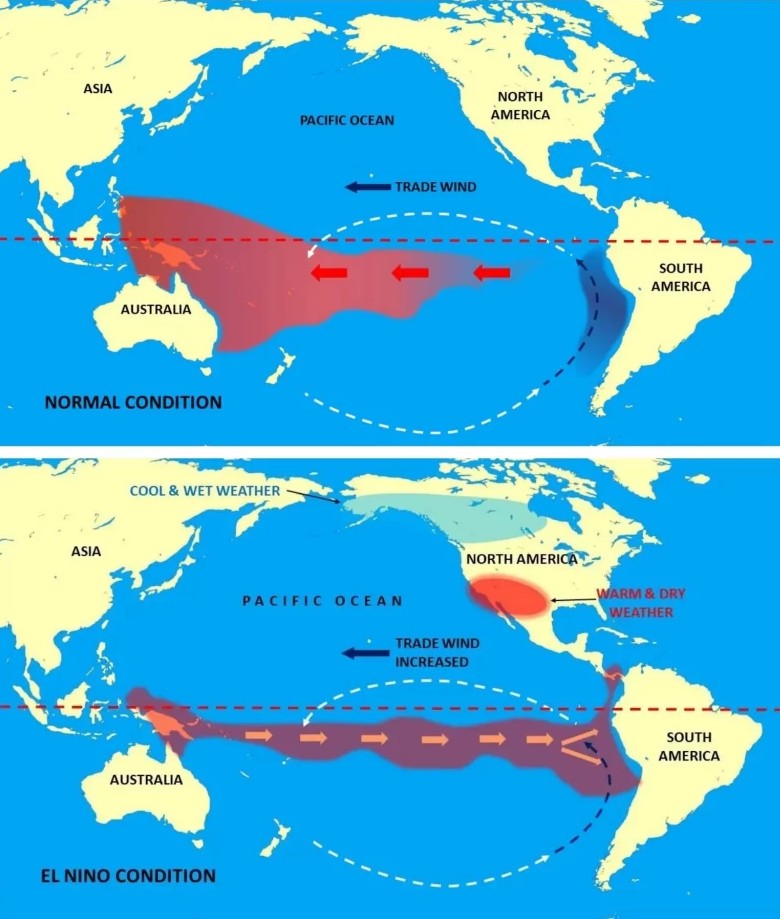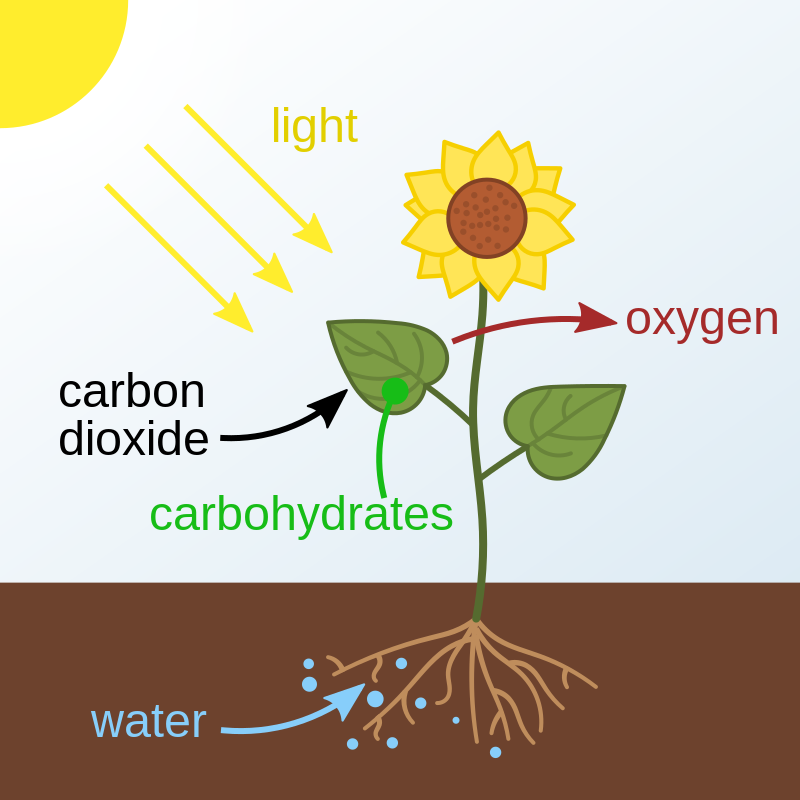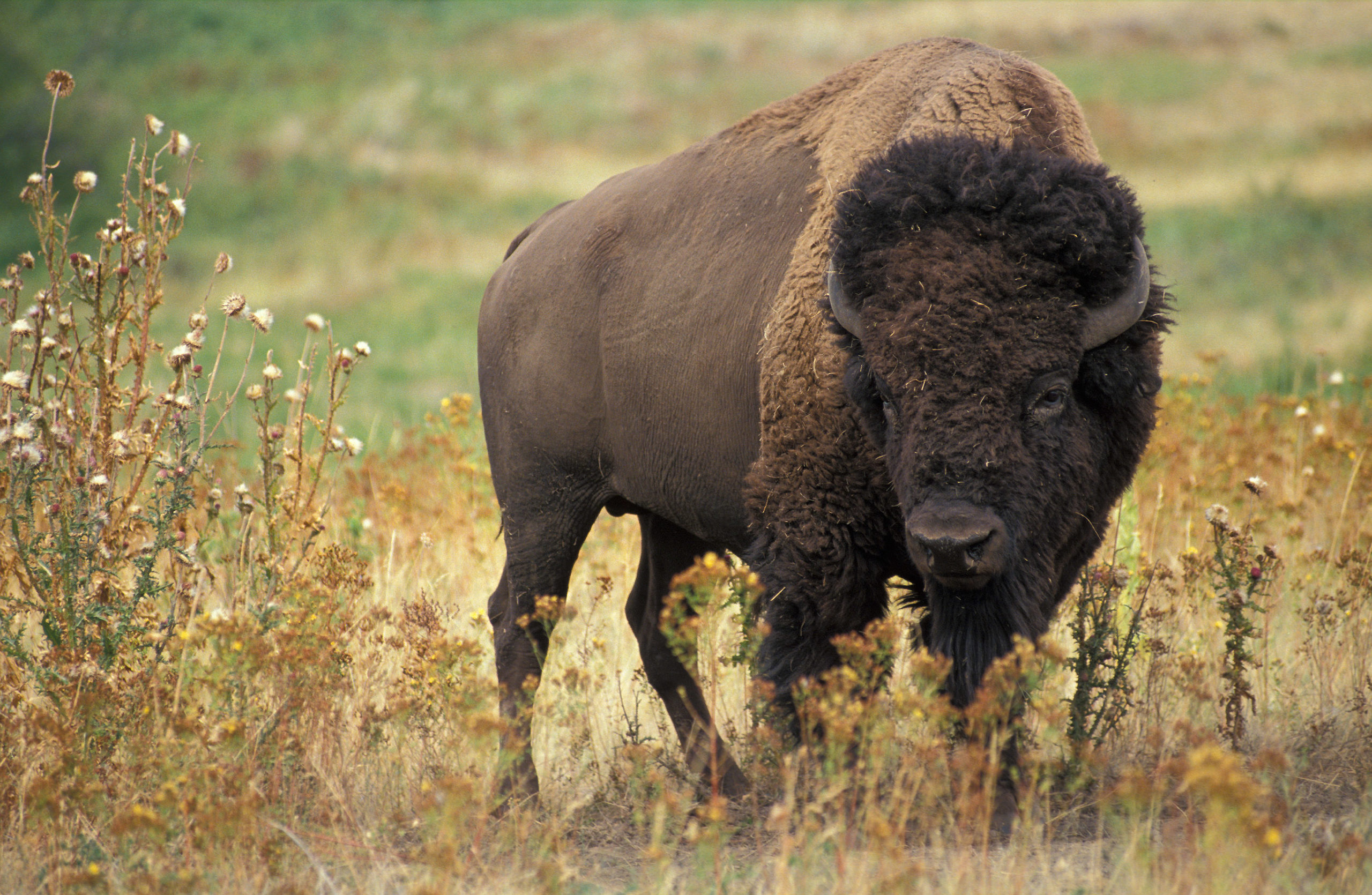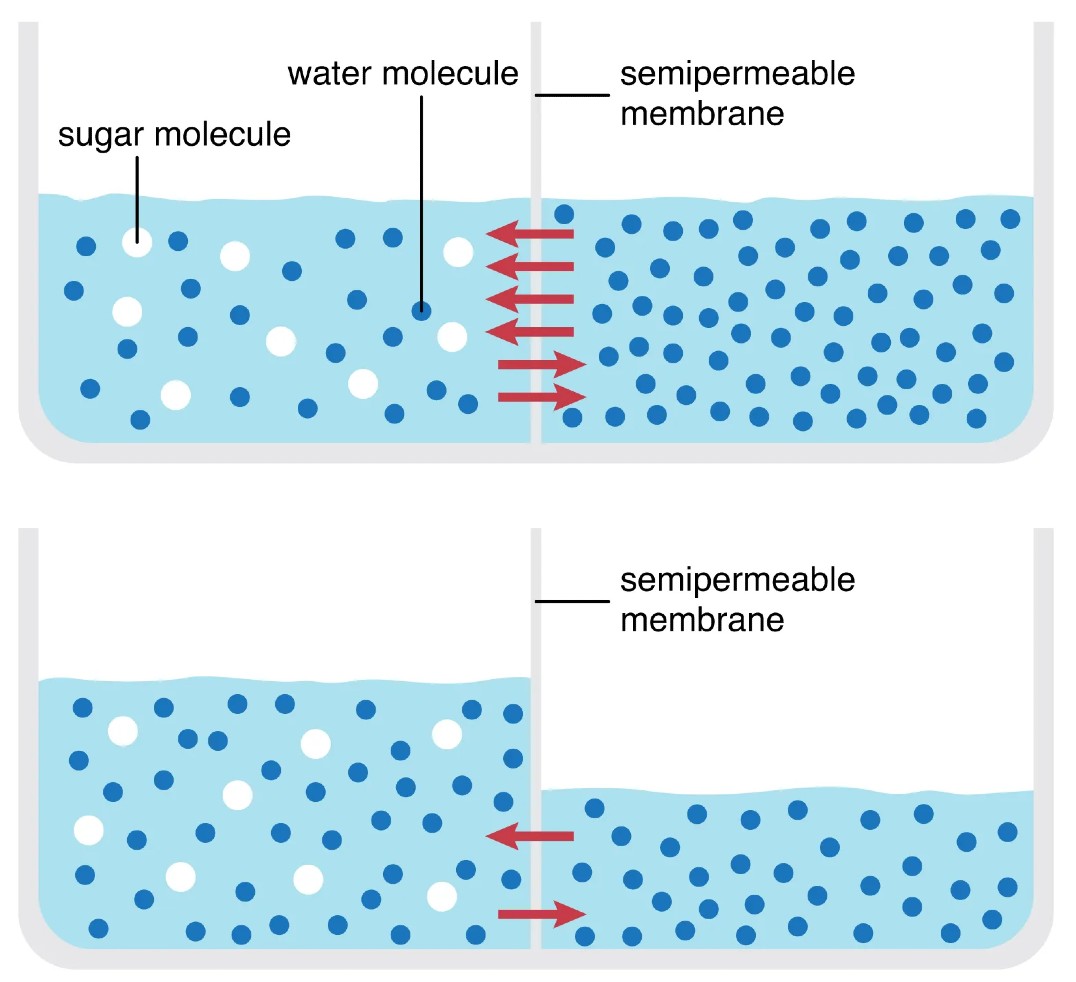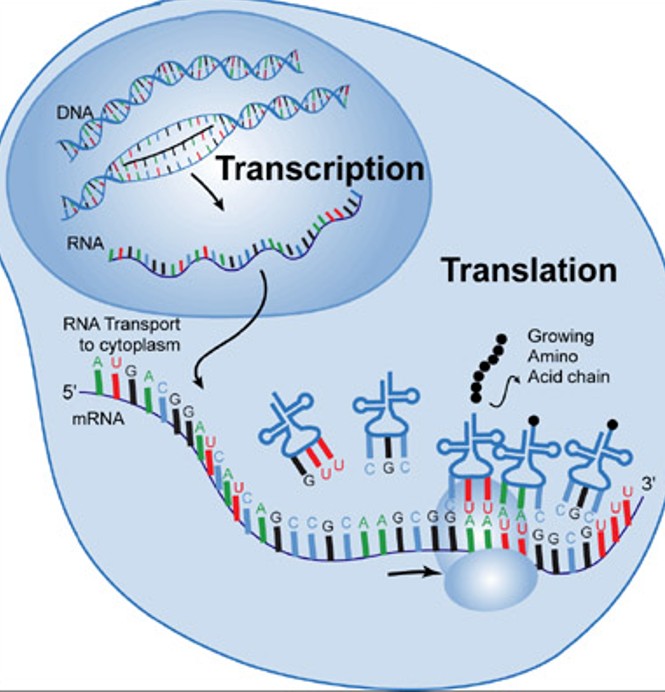Buoyancy & The Archimedes Principle
Anyone who has been to a swimming pool or to the beach is familiar with the idea that some things float, while other things sink. The question though is why do some things float, and other things sink. Is it their weight? Consider that a very large ship easily floats on the ocean while a […]

